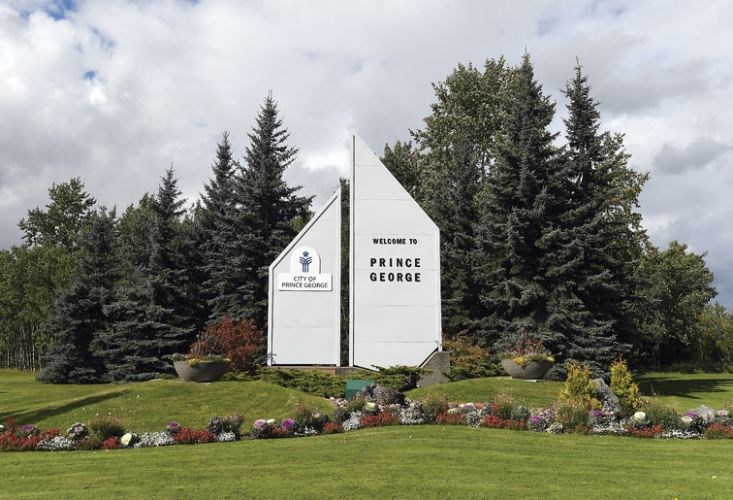Prince George home owners will see a lower mill rate on their 2018 property tax bill, but increasing assessment values in the city mean most home owners will end up paying more than last year.
City council unanimously passed the 2018 tax rate bylaw on Monday night. The 2018 property tax rate for residential properties is $8.68 per $1,000 of accessed value, down from $8.91 per $1,000 in 2017 and $9.10 per $1,000 in 2016.
However, according to B.C Assessment, the average value of a single-detached home in the city this year is $302,000, up more than five per cent from $287,000 in 2017 and $268,000 in 2016.
City director of finance Kris Dalio said the city's finance and audit committee considered several options, before choosing to recommend city council adopt a plan which would see the taxes for that average home increase by 1.87 per cent - the amount the city's budget increased in 2018. The remainder of the increase was spread across the remaining eight property classes.
For an average single-family home worth $302,000, this year's tax bill will be approximately $2,620 -of which roughly $2,295 goes to the city, with the remainder going to the Regional District of Fraser-Fort George, 911 service and Fraser-Fort George Regional Hospital District.
Property taxes on an average single-family home in the city would have equaled approximately $2,557 in 2017, and $2,438 in 2016.
The 2018 mill rates for nonresidential property classes are:
Heavy industry: $51.23 per $1,000
Utility: $47.54 per $1,000
Light industry: $31.82 per $1,000
Business/other: $20.15 per $1,000
Managed forest land: $10.84 per $1,100
Recreation/non-profit: $8.68 per $1,000
Supportive housing: $8.68 per $1,000
Farm: $6.74 per $1,000
The other options administration put forward would have looked at reducing the mill rate for heavy industrial properties, Dalio said.
"(City) administration is guided by the (city's) sustainable finance guidelines. The guidelines recommend bringing the heavy industrial rate down to the provincial average -we're above that," Dalio said. "Finance and audit (committee members) considered options to bring that down, but if they pay less others pay more."
NOTE: All mill rates in this story have been rounded to whole cents. Municipal mill rates are calculated to the thousandth of a cent per $1,000 of assessed value.



